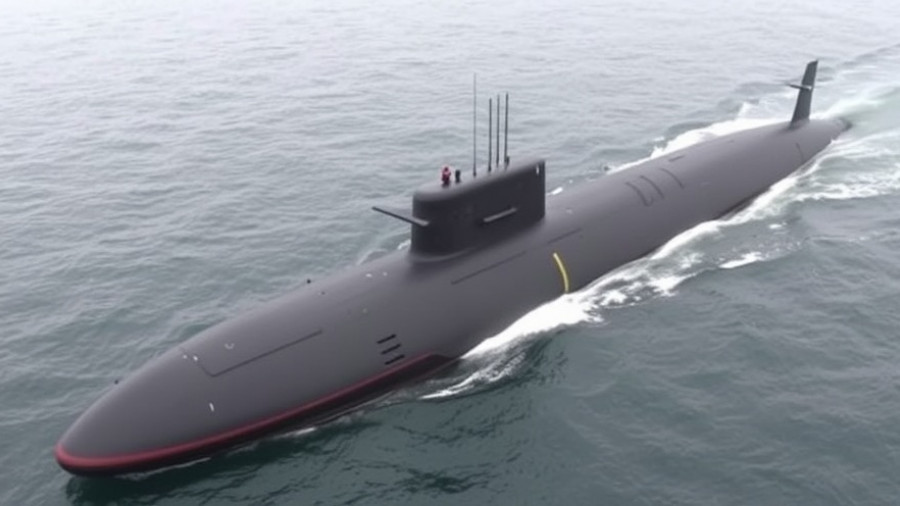
How the UK’s F-35 Programme is Falling Short
The UK’s National Audit Office (NAO) has sounded the alarm on the nation’s F-35 fighter jet program, unveiling a combination of delivery delays, cost overruns, and operational shortcomings that could compromise the UK’s military readiness. As of July 11, 2025, the report highlighted a staggering cost shortfall exceeding £50 billion ($67.8 billion), resulting from a total commitment for 138 F-35B jets that have yet to materialize effectively.
Historical Context: The F-35 Journey
The journey of the F-35s in the UK began in 2012 with high expectations for 138 F-35B stealth fighters. Fast forward to today, and only 37 aircraft are operational, coupled with a troubling timeline that shows no definitive path for acquiring the remaining 90 jets. A loss in 2021 of one F-35 during operations further casts doubt on the program's sustainability and resilience.
Current Availability Issues and Their Implications
The report indicates that mission-capable rates for the F-35 fleet stand at around 50% of the Ministry of Defence's target. This percentage is even lower when considering the full range of missions that each aircraft should be able to perform, with capabilities so diminished that they fall to one-third of the actual requirement. This situation raises concerns regarding the UK's operational effectiveness amid growing global military competition.
Future Developments: Can Expectations be Met?
The NAO report reveals that the UK Ministry of Defence (MoD) anticipates declaring Full Operating Capability by the end of 2025, albeit two years later than originally scheduled. This delay has been attributed to a combination of financial challenges and ongoing global issues affecting the F-35 program that extend beyond the UK’s control, such as delays in Block IV upgrades.
Counterarguments: Why the F-35 Might Still Prevail
Despite the concerns raised, proponents argue that the F-35 jets are significantly superior to any previous models used by the UK, indicating that once fully operational, they will substantially enhance the UK's combat capabilities. Moreover, there are advancements in the integration of UK-specific munitions, although this has been delayed until the 2030s.
The Broader Military Context: Impacts Beyond the Aircraft
The F-35 programme’s troubles also resonate within the larger context of UK defense. These challenges add weight to the discussion surrounding proper investment in military technology that can stand up against adversaries. Compromising technological advancements risks placing the UK at a strategic disadvantage as global military dynamics continue to evolve.
Emotional Resonance: A Call for Accountability
With the looming deadlines and the stakes at hand, the questions surrounding the F-35 program deepen. For citizens in Mississippi and beyond, the implications are clear; military readiness affects national security directly, stretching from policy decisions made in Westminster to the local communities affected by these choices. Families in military areas might feel uncertainty, and concerns about safety may breed questions over military expenditures that have gone awry.
Actionable Insights: What Needs to Change?
To salvage the F-35 programme, stakeholders—including lawmakers and military leaders—must prioritize transparency and accountability. Clear timetables for delivery, improvements in integration processes, and increased readiness across the fleet are essential. A revitalized focus on British military capabilities aligned with advancements in technology and strategy will ensure that the UK’s armed forces remain responsive to emerging threats.
In conclusion, while the concerns surrounding the F-35 program are grave, addressing them head-on offers an opportunity for comprehensive reform and revitalization within the UK's defense strategy. As we await news on how the government plans to tackle these issues, it’s crucial for community members to stay informed and engaged with their local representatives about the importance of national security and military readiness.
 Add Row
Add Row  Add
Add 




Write A Comment